How to Photograph Wildlife Without Causing It Harm
Professional photographer Graeme Green reveals how to observe and photograph wildlife while minimizing disturbance, pain and suffering.
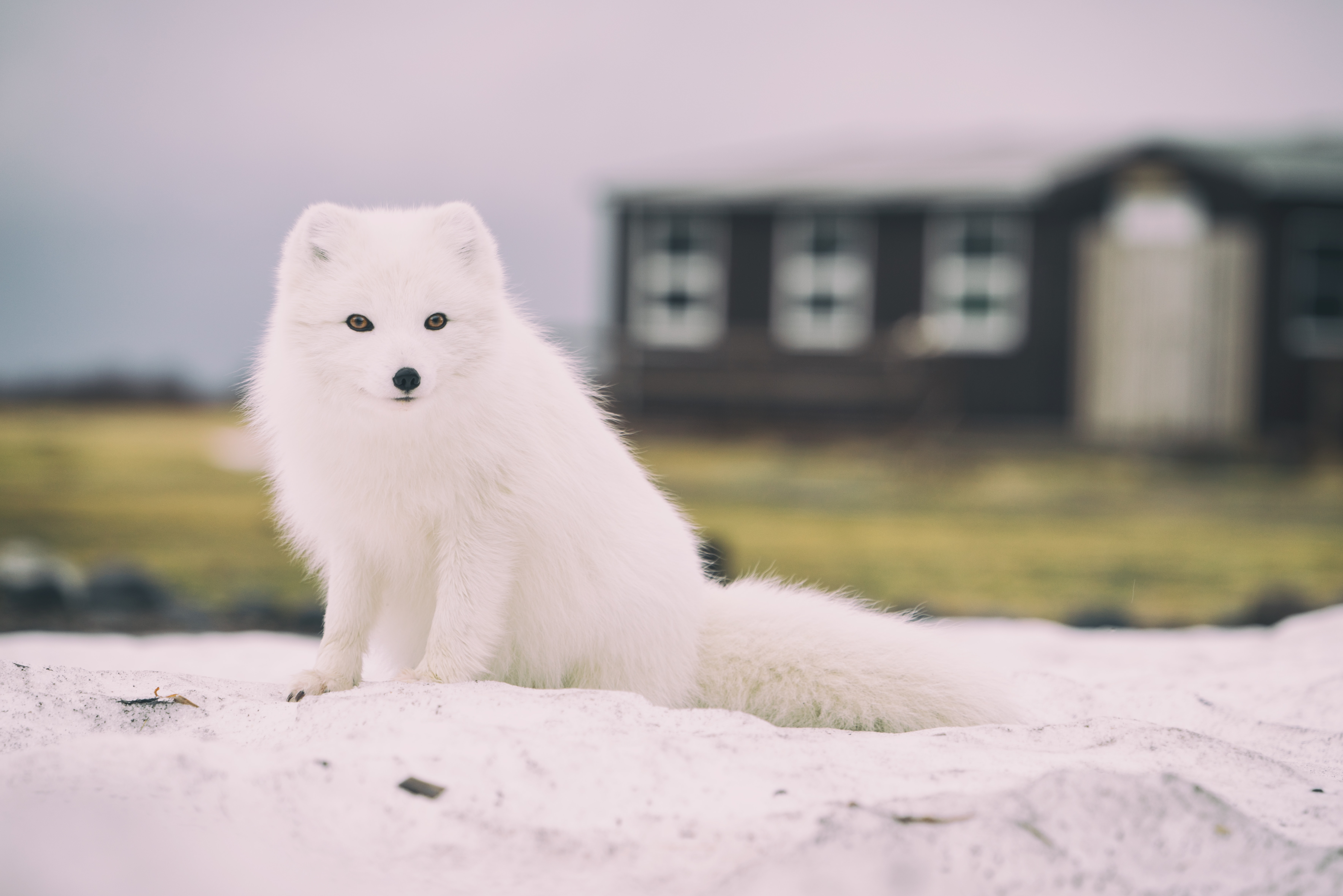 Photo © Jonatan Pie
Photo © Jonatan Pie
Wildlife photography can be a powerful force for good, helping to showcase the natural world and communicate the need to protect it. But, without thinking, it can also cause harm and suffering to animals. These simple bits of advice should help you to ethically photograph the wild world.
- Observe, don’t disturb
- Stick to the rules and follow advice
- Avoid scaring animals
- Avoid crowding and surrounding animals
- To bait or not to bait?
- Don't handle animals
- Use commons sense and don't be part of cruel practices
Observe, don’t disturb
On a trip to Antarctica a few years ago, all the travelers on the ship were given clear instructions not to bother the penguins, including not to go too close and not to touch them. I was surprised to later see photos of a few travelers with their arms around penguins, posing for selfies.
In Antarctica, penguins don’t mind the presence of humans and even sometimes waddle over in the direction of people, but, generally, they like their space – and not to be hugged. As with many other creatures, human contact can cause stress and anxiety.
The golden rule with wildlife photography is to observe and photograph but to minimize the disturbance to the wildlife. That means keeping a reasonable distance, so animals don’t feel threatened.
Stick to the rules and follow the advice
In any wildlife situation, you’re likely to get a detailed set of instructions. It’s always worth following the advice. Expert wildlife guides and rangers who’ve spent years working with particular animals will have a far better idea than you of what is safe and what is not.
With creatures such as gorillas, for example, it’s dangerous to get too close, and going near a bear’s cubs could also trigger a violent protective response.
But following the rules isn’t just for your own good. If you do something stupid and are attacked as a consequence, it’s possible the animal involved will be shot to save you or it may be killed later. For the sake of animals and yourself, always follow local laws, safety rules and expert advice from guides.
Avoid scaring animals
If an animal appears to be scared or distressed by your presence, move away. Tempting as it is to get a great photo, it isn’t fair to the animal. Don’t cause stress to shy or nervous creatures by following them closely. From a non-threatening distance, it’s not as much of a problem but use your common sense and think about the effect you’re having.
Don’t try to influence animal behavior either. For example, throwing a stone to make a bird fly or an animal move might get you a spectacular shot, but it will come at the expense of the animal feeling threatened. Avoid disturbing habitats and homes, poking around or looking into nests.
Also, try to avoid shining lights directly at animals at night. Not only could this potentially harm or hurt an animal's sensitive eyes, torch-lit animals often look rubbish in photographs.
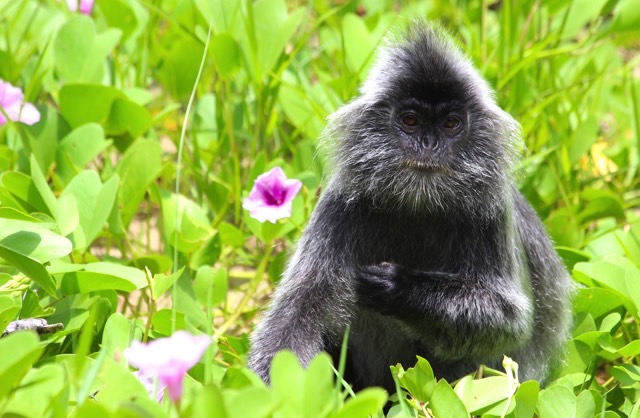
Avoid crowding or surrounding animals
On a trip to Donsol in the Philippines a few years ago, I was disappointed to see whale sharks surrounded by large groups of swimmers, despite ‘strict’ rules supposedly being in place to prevent this and the fact that the WWF has helped set up sustainable tourism practices in the area. On land, the same situation of overcrowding has become common in Kenya’s Maasai Mara; zoom out from those pictures of lions and you'll find half a dozen or more safari vans surrounding it.
Avoid crowding and surrounding animal. The feeling of entrapment is likely to cause fear or stress. If you feel that you and your group’s presence is ‘part of the problem’, let your guide or driver now, and ask to move on.
If wildlife hotspots are known for crowding, consider visiting other countries and regions; there are plenty of rich wildlife areas that get far fewer travelers, so you’ll get better photo opportunities and won’t feel like you’re hassling animals.
To bait or not to bait?
Baiting (using food to lure in animals or birds) is a widely contested issue. Food used to tempt creatures ranges from nuts for squirrels to chickens for crocodiles, including live bait, such as mice, to lure in owls. It’s the live bait that’s the most controversial.
Baiting can help achieve a photo that otherwise might require hours, days or months to capture naturally. But the idea of an animal being killed so I can get a photo isn’t something I want on my conscience. It isn’t something I’ve ever done and I have no plans to use the technique in the future.
Many photographers think any kind of baiting is cheating. I’ve been on trips where dead frozen fish were used to attract eagles. But, generally, I go for the “observe, don’t disturb” rule. It’s more satisfying to find and photograph natural behavior without any manipulation and to capture authentic moments as they happen.
Don’t handle animals
There are few animals in the world cuter than the Philippines’ tiny tarsiers. It’s easy to understand why anyone would want to hold them or pose for photos with one. But making tarsiers pose with tourists is now illegal, as it causes the animals such stress that it can lead to an early death. Caged tarsiers, I was told, sometimes bash their heads against their cages until they die. Not so cute.
If you really want to see tarsiers, visit them in a protected reserve. The same goes for sloths and other beasts elsewhere, cute or otherwise. Animals don’t generally like to pose for photos, and the misery it causes isn’t worth the picture, especially when they look far better in the wild anyway.
Use common sense and don’t be part of cruel practices
Djemma el-Fna in the Moroccan city of Marrakech is one of the most depressing travel experiences I can remember. The city’s massive central square has a reputation for a carnival atmosphere. But the two main methods of extracting money from tourists are ‘snake charming’ using manhandled snakes (that are likely starved, de-toothed or drugged) and miserable-looking, costumed monkeys on chains that are forced to pose for ‘hilarious’ photos with tourists. It’s a miserable sight.
Tourists should know better, but that’s only the tip of the iceberg. Despite their terrible reputation, some travelers still visit Tiger Temples in Asia to take selfies with miserable drugged tigers. Elephants and bears are still forced to perform circus acts or dances.
You should always stop and think before taking part in any travel experience involving animals. Consider if what you’re doing is causing harm to an animal or, by participating or paying, you’re encouraging a cruel practice to continue. If it is, you shouldn’t want any part of it.
Related articles
Simple and flexible travel insurance
You can buy at home or while traveling, and claim online from anywhere in the world. With 150+ adventure activities covered and 24/7 emergency assistance.
Get a quote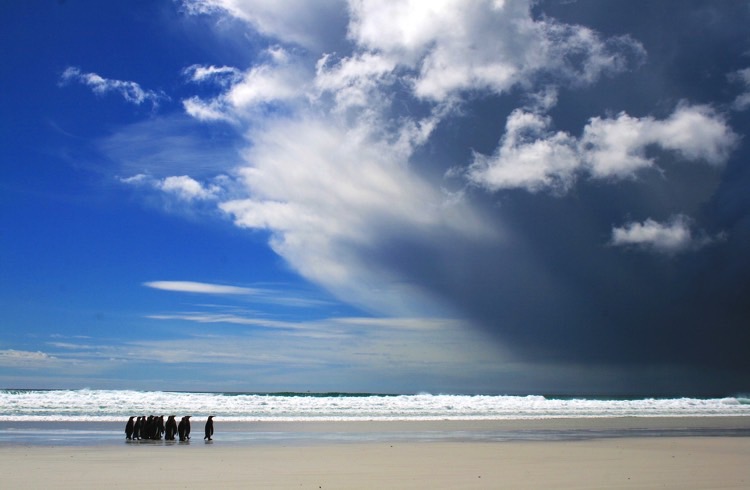
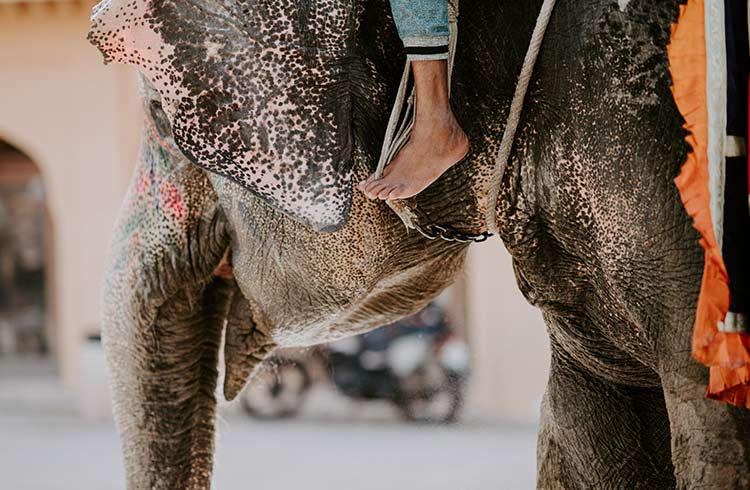
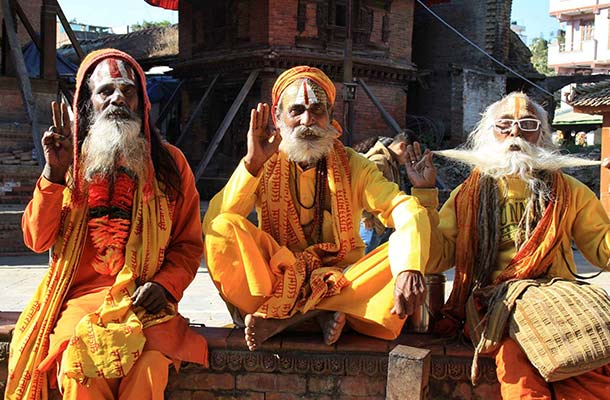
2 Comments
Thank you for these excellent articles on photographing animals ethically.
Trysh Ashby-Rolls
I'm glad you addressed the issue of ethics when photographing in the wild. Whether we're on a wildlife preserve or in a suburban backyard, I believe our watchword must be "respect." If the bird in my backyard is wild, I am free to photograph it but NOT to harass it in any way. That includes interfering with its natural state, including the ability to get its own food.